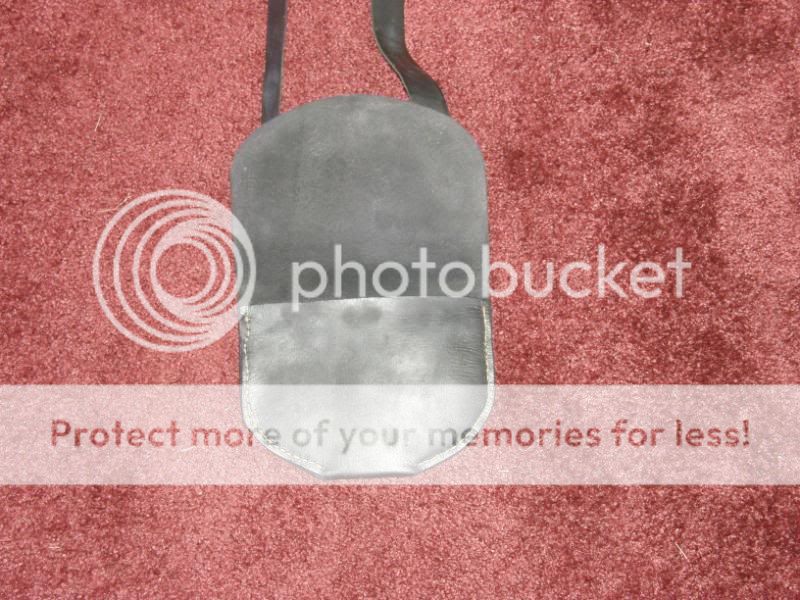Stophel said:
I am told that "vinegaroon" requires REAL oak tanned leather, and I can tell you from practical experience that it will absolutely destroy common "vegetable tanned" leather. Turns it to tissue paper. When I can afford some Wickett & Craig or Hermann Oak leather, I'll try it again, but until then, I'm keeping the vinegar and iron well away from my leather! :grin:
Then you did something wrong or had some really bad leather.
FWIW - most good bark tanned leather available does not use real oak for tanning today (who told you you had to use real oak tanned?). Most tanneries use other bark sources, mostly South American such as quebracho - Herman Oak is an exception and the leather from RJF Leather is imported old time pit tanned which uses oak bark, but that's about it.
I've used vinegar black (you can also use ferric nitrate - a documented 18th/19th Century method for blackening) now for 45+ years in my capacity as a pro leather crafter (I have used it on the best quality leathers as well as the cheap imports
) and have only seen a few pieces here and there react negatively and that was mostly due to operator error.
1) How long did you leave the leather to soak or did you just apply to the surface with a brush, etc.?
2) Did you rinse well with clear cool water after using the blackening?
3) Did you use a quick mild baking soda wash and then again rinse well after applying the baking soda?(Do not leave too long since you can alkali burn the leather)
4) Did you apply a coat or two of a good leather conditioner such as Lexol or neatsfoot or EVOO to BOTH sides while still damp from the rinse.
5) Did your blackening still smell strongly of vinegar before using? IMO most people use it while it's still too fresh and either needs more iron or more time - BTW you can just use rusty iron water with no acid of any kind - takes longer to "formulate" but it works just like FA or vinegar black since it;s the iron and tannins that generate the black color.






